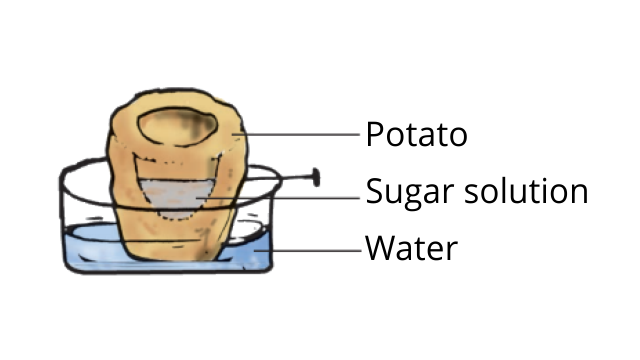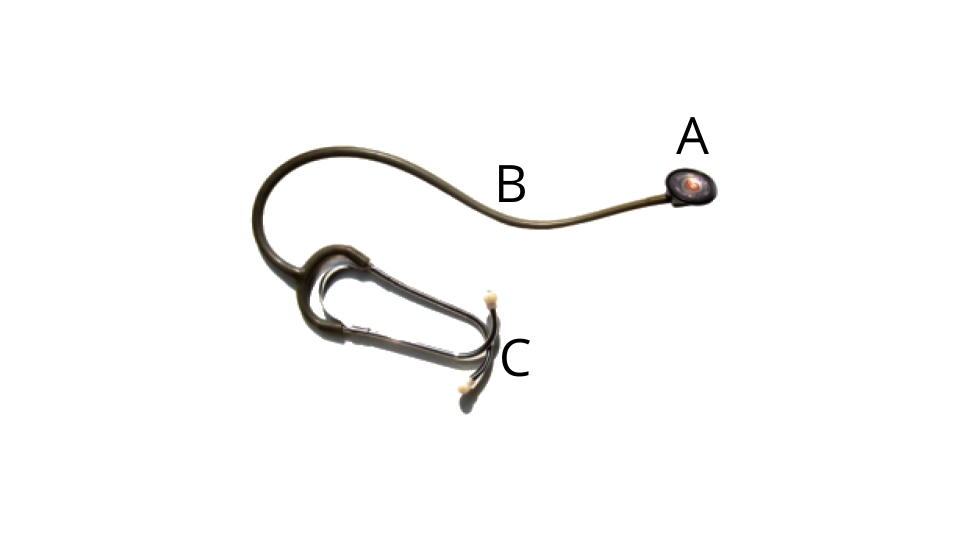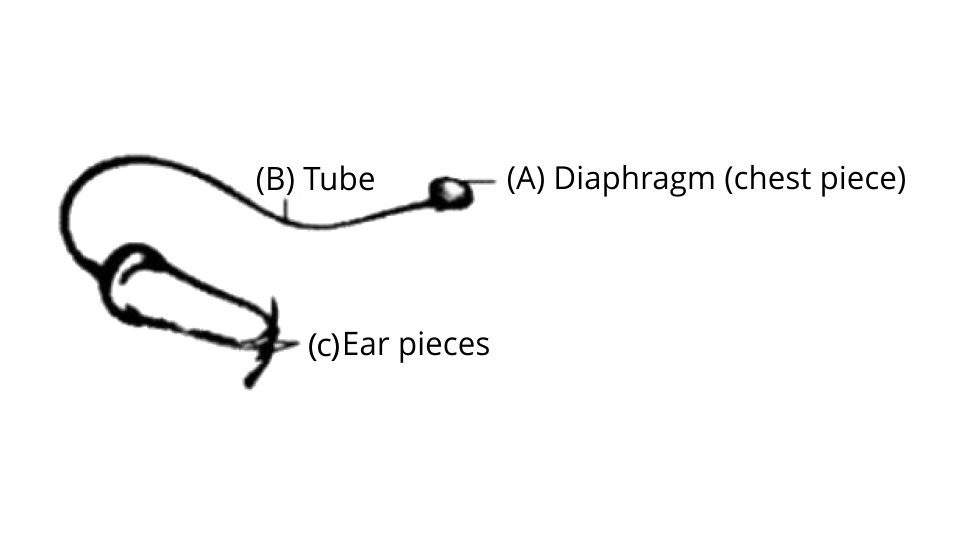Class 7 Science NCERT Exemplar Solutions Chapter 11 Transportation in Animals and Plants
FAQs on NCERT Exemplar for Class 7 Science Solutions Chapter 11 Transportation in Animals and Plants
1. What has been covered in Class 7 NCERT Exemplar Science Chapter 11 Solutions - Transportation in Animals and Plants?
The Class 7 NCERT Exemplar Science Chapter 11 Transportation in Animals and Plants Solutions sheet covers all of the questions in the 11th chapter of the NCERT Exemplar Science workbook. This particular chapter covers the topic of Transportation in Animals and Plants and contains questions on the same. The NCERT Exemplar workbooks are designed to include questions of a slightly higher difficulty level than the kind normally covered in class. Vedantu has provided solutions to the questions in the NCERT Exemplar Science 11th chapter so that students can refer to them as guides while they study or do their homework.
2. How do Class 7 NCERT Exemplar Science Chapter 11 Transportation in Animals and Plants Solutions help in our studies?
The solutions provided on this page to the 11th Chapter of the NCERT Exemplar Science workbook have been created to aid students in their studies. This PDF does not only contain the answers to the questions in the workbook but also contains an explanation of how the answer was chosen. For example, the first question in the chapter describes a muscular tube in the body through which urine leaves the body. Below this, four options are given for the correct term for the muscular tube that was described – kidney, ureter, urethra, and urinary bladder. You are expected to choose the correct answer from the four options. The solution given shows that the urethra is the correct answer and explains why that was chosen instead of the other three options. By going through these explanations, you can learn how to solve the questions on your own.
3. Where can I find more study resources for Class 7 NCERT Exemplar Science Chapter 11 - Transportation in Animals and Plants?
You can find more resources on the Class 7 NCERT Exemplar Science Chapter 11 - Transportation in Animals and Plants by browsing through the Vedantu website or app. Vedantu has plenty of resources on all of the NCERT books, so it's just a matter of finding those resources. For example, a detailed breakdown of the NCERT Exemplar Science Chapter 11 can be found on Vedantu. Apart from that, Vedantu also has other study materials and tools to make your studies easier.
4. What should I do to study for Class 7 Science?
To study for Class 7 Science, we would suggest that you begin by going through your recommended textbooks and reference books. Once you have studied the subject matter to a satisfactory level, you can begin practicing by solving practice questions. This page, for example, has the practice questions from the 11th Chapter of the NCERT Exemplar Science Workbook along with solutions given for all questions. By referring to this, you can learn how to solve the questions using logical deduction and the knowledge you have gained from your study of the textbooks. This will help you become quicker with your deductions and help you learn faster.
5. Are the Class 7 NCERT Exemplar Science Chapter 11 Transportation in Animals and Plants Solutions free?
To keep a long answer short, yes! The Class 7 NCERT Exemplar Science Chapter 11 Transportation in Animals and Plants solutions are completely free to view and download. These solutions can be viewed for free on the Vedantu website or app, or you can download them in PDF format for offline access. To download it, however, you do need to have an account with Vedantu. Creating an account is also completely free and it takes less than 5 minutes to finish setting up. Just sign up with either your mobile number or email ID and you will immediately gain lifetime access to all of the free, downloadable resources that Vedantu has to offer!




















